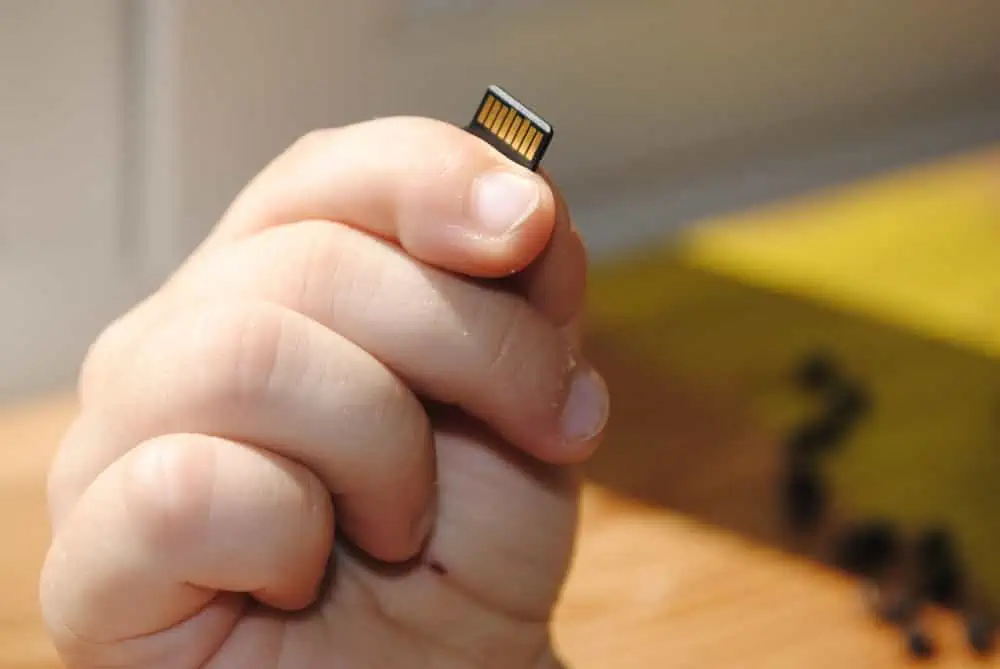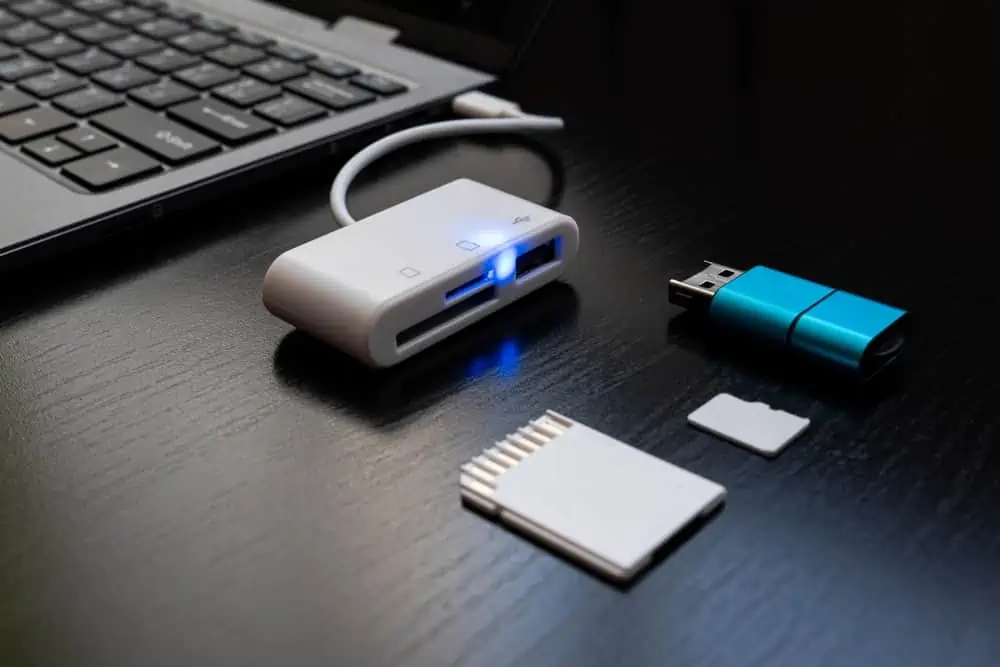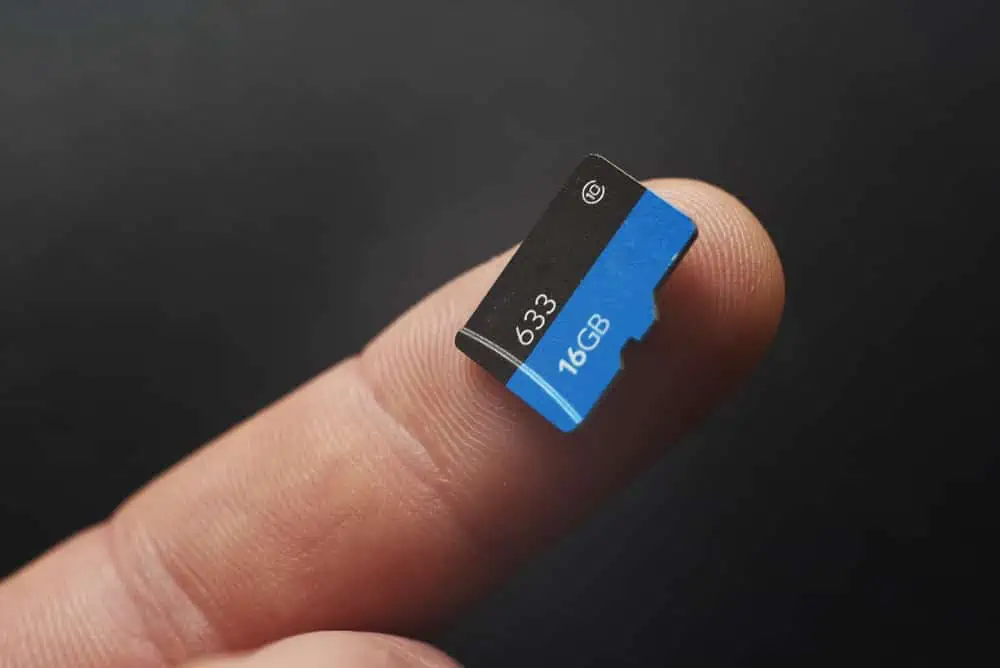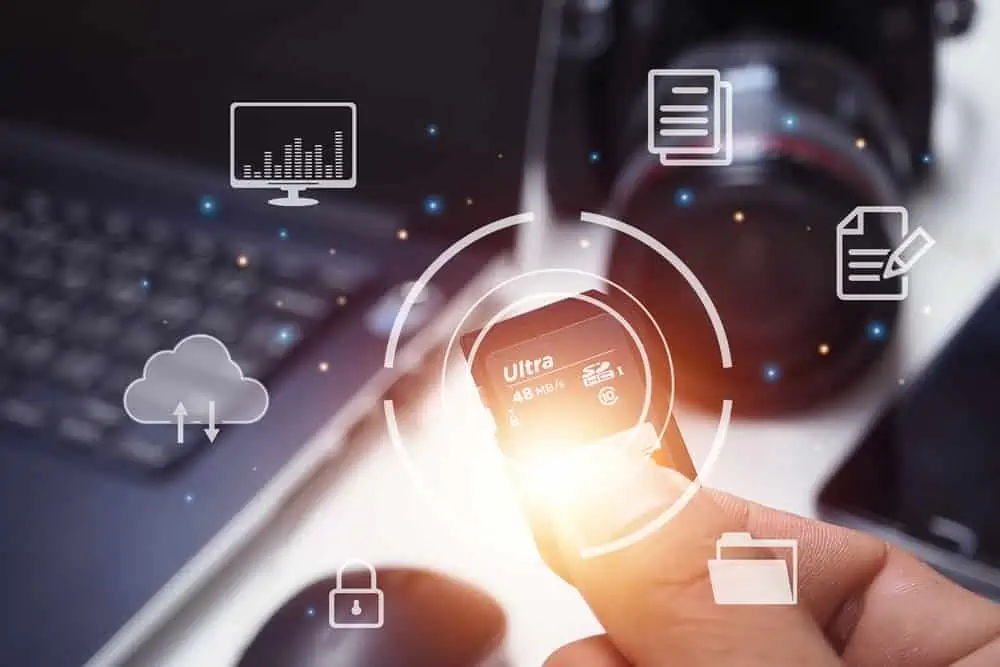Are you a student, computer technician, or technology enthusiast searching to know about the SATA computer bus? Then, you are in the right place.
Overview
To start with, SATA is the acronym for Serial Advanced Technology Attachment and is also known as Serial ATA. Furthermore, it’s a bus interface that connects storage drives such as HDD, optical disk drives, and SSD to a host (like a computer) device.
Also, the SATA computer bus manages communication between the host device and the storage drive. Moreover, SATA was released as the successor to the earlier Parallel ATA (PATA) and has become the dominant interface for storage devices.
Hence, it is ideal to say that SATA drives should be faster than PATA drives. Besides, SATA was announced in 2000, but the first generation (SATA 1.0) was released in 2003.
Since then, SATA has undergone a series of generations. However, the most common SATA generation is SATA 3.0, which is the typical SATA interface for mainstream SSDs and high-end HDDs.
That aside, computer manufacturers use SATA drives widely in devices such as laptops, desktops, and gaming consoles. SATA drives come in various form factors, including 2.5-inch and 3.5-inch.
Having said all that, let us now find out how the SATA computer bus works – see the next section.
How Does SATA Computer Bus Work?
As mentioned earlier, the SATA computer bus connects and manages communication between a host device and a storage drive. It does this with the help of SATA connectors.
These connectors can be straight, right-angled, or left-angled. In addition to that, the SATA connectors include a seven-pin data connector and a fifteen-pin power connector.
The power connector connects from the storage drive’s power port to the device’s power source. Meanwhile, the data connector connects from the storage drive’s data port to the device’s SATA bus adapter/slot.
Moreover, the SATA data connector uses a four-conductor cable with two shielded pairs for data transmission. Furthermore, SATA uses a serial mode of data transmission to transfer data in bits.
This means it transfers data sequentially, one bit at a time. Thus, when a device sends data to a SATA drive, it cannot be receiving from it simultaneously.
Nevertheless, SATA is decently fast during data transfer, although not as fast as PCIe. To be more specific, SATA 3.0 – the most common SATA generation in the market – offers a data transfer speed of 600 MB/s.
Now that we know how the SATA computer bus works, let us discuss its features in the next section below.
Features of SATA Computer Bus
The SATA computer bus has various features. However, in this section, I will be highlighting five of its main features.
These features are:
SATA Computer Bus Supports Hot Plugging
SATA supports hot plugging, meaning SATA drives are hot-pluggable or hot-swappable. This implies that you can insert or remove a SATA drive from a device without the need to shut down the device.
While this sounds outstanding, it is important to note that the host device must also support hot plugging. Otherwise, the device won’t recognize when a SATA drive has been inserted or removed without shutting down.
Finally, I would like to mention that this hot-plugging capability is mainly applicable to SATA storage devices you can connect externally. I say this because you cannot hot-plug an internal SATA SSD to a laptop!
It is the Successor to PATA (Parallel Advanced Computer Attachment)
SATA was announced in 2000 as the successor to the older PATA bus interface. As expected, it comes with various advantages over PATA.
For example, SATA has increased data transfer speed compared to PATA. Specifically, SATA is able to transfer data at a speed of up to 600 MB/s.
PATA, on the other hand, can only transfer data at a speed of up to 133 MB/s. However, even though SATA is somewhat faster than PATA, the PCIe interface is faster than both.
It Transfers Data One Bit at a Time
SATA transfers data using a serial mode of data transmission. No wonder the “S” in SATA stands for “Serial.”
Essentially, that means SATA sends and receives data between a host device and a storage drive one bit at a time. Thus, when the host device is receiving data from a SATA drive (via the SATA bus interface), the host device cannot simultaneously send data to the SATA drive.
This minimizes transmission error due to data collision.
SATA has Different Connectors for Data and Power
As hinted earlier, SATA makes use of two connectors. One connector is for transferring data and the other is for power.
The data connector is usually a red cable with an “L” shape. Also, this connector features seven pins.
Meanwhile, the power connector has up to fifteen pins. Interestingly, you can also buy an all-in-one (combined data and power) SATA connector with fifteen pins.
SATA has Various Generations with Backward Compatability
SATA offers three major generations and up to five sub-generations. These generations are SATA 1.0, SATA 2.0, and SATA 3.0.
The sub-generations, on the other hand, include SATA 3.1, SATA 3.2, SATA 3.3, SATA 3.4, and SATA 3.5. Impressively, SATA generations are backward compatible.
This means you can connect a newer generation SATA drive to an older generation SATA bus interface. However, the speed of the newer generation SATA drive will be limited to the speed of the older generation SATA bus interface.
Pros of SATA Computer Bus
Less Power Consumption
Unlike PATA and PCIe, which consume a lot of power during operation, SATA consumes less power.
This makes SATA storage drives energy-efficient. The implication is that all other factors being equal, a laptop with SATA-powered storage will consume less battery than those powered by PATA or PCIe.
Improved Speed Over PATA
As the successor to the PATA interface, SATA offers a faster transfer speed than PATA.
To be more specific, SATA offers a transfer speed of up to 600 MB/s. PATA, on the other hand, has a transfer speed of 133 MB/s.
SATA is Backward-compatible
As stated earlier, SATA has various generations.
Hence, due to its backward compatibility, you can connect a newer-generation SATA drive to an older-generation SATA interface. However, the transfer speed of the newer generation SATA drive will be restricted to the speed of the older generation SATA interface.
A Computer’s Motherboard Usually has Multiple SATA Slots
A computer motherboard usually has around four to eight SATA connection slots.
Hence, you can connect multiple SATA drives to a computer motherboard at the same time. On the contrary, there are usually only two PATA connection slots on a computer motherboard.
Allows for Increased Airflow Within the Computer
SATA connectors are narrower in width compared to PATA connectors. This allows for increased airflow inside the computer case, thereby minimizing heat build-up.
Cons of SATA Computer Bus
Not Supported by Old OS
Older operating systems such as Windows XP or Windows 98 do not support SATA by default.
However, if you ever need to install an older OS in 2022, you have to install the SATA driver on the computer.
Only One Storage Drive per SATA Connector
A PATA data connector can have two storage drives connected to it. However, a SATA data connector can only connect to one storage device.
Hence, if you need to connect more storage drives, you need to use multiple SATA data connectors. This explains why a computer’s motherboard has multiple SATA slots.
Need for Extra Driver Software
SATA hard drives require a special device driver called an AHCI Controller driver. Advanced Host Controller Interface (AHCI) is a standard defined by Intel that specifies the operation of SATA bus adapters.
Thus, when such a driver is not loaded, some functionalities of SATA will be lost.
Moreover, having an outdated or corrupt SATA AHCI driver may cause issues in the SATA drive usage. Such issues include unavailable storage drives or errors while accessing the drive.
Multiple Cables can Lead to Clutter
Every SATA drive connects to individual ports on the motherboard. As a result, SATA connections require multiple cables or connectors.
This could result in disorganized clutter of cables.
Conclusion
SATA is a popular computer bus interface that you will find in most computers today. Furthermore, it is the successor to the older PATA bus interface with various advantages.
Some of these advantages include improved speed and less power consumption. Nevertheless, SATA has some disappointing flaws, one of which is the fact that older OS doesn’t support it.
On a positive note, SATA drives come in numerous form factors and support hot plugging. Also, SATA offers various generations and sub-generations with backward compatibility.
I hope I was able to explain what the SATA computer bus is all about and how it works. I also hope that you found this article helpful and easy to understand.
If you found this article helpful, click on “Yes” beside the “Was this page helpful” question below. You may also express your thoughts and opinions by using the “Leave a Comment” form at the bottom of this page.
Finally, you may find other helpful articles on our Computer Technologies Explained page.



